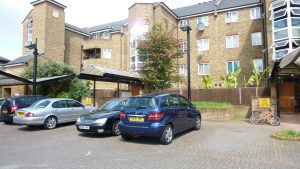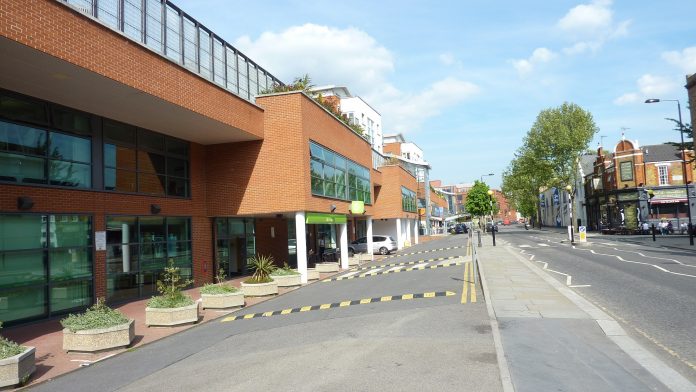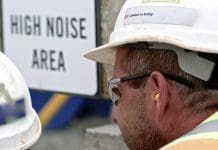More than 2m drivers – nearly 5% of the population – use a Blue Badge for disabled parking. The Centre for Accessible Environments discusses the findings of an audit in York that examined the provision of adequate, appropriate parking
Around 2.3m of England’s 32m driving licence holders are registered disabled and will have access to a Blue Badge. It is essential that those drivers, along with disabled non-drivers, are able to have access to adequate appropriate parking provision in town and city centres.
While local authority planning policies recognise the need for accessible parking bays for Blue Badge holders, they are often only provided in residential schemes as many city centre commercial buildings and retail units do not offer parking for disabled people. Yet the lack of accessible transport serving many metropolitan areas means individuals are reliant on driving as the best means of transportation.
A few years ago, the Centre for Accessible for Environments explored the availability of truly accessible parking for disabled drivers in York.
Street journeys were mapped to identify people most in need of designated accessible parking bays and included both residents and visitors.

York is an historic city and a major consideration was how the provision of accessible parking could be achieved without physically or detrimentally impacting the city’s cultural heritage.
During the audit process to improve disabled parking, it was identified that upgrading parking facilities meant removing unnecessary street clutter and pavement obstructions to create an accessible environment for everyone visiting the city centre, not specifically disabled motorists. Part of this ‘clean up and clear out’ was York’s planning team identifying and repairing areas where the pavement was in poor and uneven condition.
Many people travelling to the city were not reliant on driving. Planning more direct journeys to link pedestrian traffic with public transportation also helped reduced congestion and the strain on available parking.
Being an historic city, York is famed for its cobbled streets, which are both uneven and narrow. The key to keeping them accessible was for the city to enforce parking restrictions.
The Building Regulations and British Standards BS8300:2018 Part 11 set out dimensional standards for parking bays but these are often not adhered to, which can result in the required manoeuvring space being compromised.
Designated off-street and on-street parking bays require different standards to those within residential developments to cater for a wide range of vehicles and transfer methods.
On-street parking bays for disabled drivers that are parallel to the kerb should be 3.6m x 6.6m long to enable access both to the rear of a vehicle and to alight on the side where traffic may be passing.
Designated off-street bays should consist of a 2.4m x 4.8m standard bay with a 1200mm access zone between and at either end of the spaces. An additional 1200mm access zone should also be provided at the end of the bay to allow for boot access.
When planning and developing the built environment, accessibility should be central to the conversation. Everything from parking spaces for disabled drivers to shopping centres should be accessible so disabled people have the opportunity to enjoy their local areas and live and work where they choose, unencumbered by the surrounding environments.
Centre for Accessible Environments
Tel: +44 (0)20 7822 8232
https://www.linkedin.com/company/centre-for-accessible-environments

















